Nucleic acids are composed of a string of individual nucleotides to form macromolecules and, as the main component of the genes in the cell nuclei, are carriers of genetic information and they catalyze many biochemical reactions.
The individual nucleotides each consist of a phosphate and a nucleobase component as well as the pentose ring molecule ribose or deoxyribose. The biochemical effectiveness of nucleic acids is based not only on their chemical composition, but also on their secondary structure, on their three-dimensional arrangement.
What are nucleic acids?
The building blocks of nucleic acids are individual nucleotides, each composed of a phosphate residue, the monosaccharide ribose or deoxyribose, each with 5 carbon atoms arranged in a ring and one of five possible nucleobases. The five possible nucleobases are adenine (A), guanine (G), cytosine (C), thymine (T) and uracil (U).
Nucleotides that contain deoxyribose as a sugar component are strung together to form deoxyribonucleic acids (DNA) and nucleotides with ribose as a sugar component are built up into ribonucleic acids (RNA). Uracil as a nucleic base occurs exclusively in the RNA. Uracil replaces thymine there, which can only be found in the DNA. This means that only 4 different nucleotides are available for the structure of the DNA and the RNA.
In English and international parlance, as well as in German technical articles, the abbreviations DNA (desoxyribonucleic acid) are usually used instead of DNS and RNA (ribonucleic acid) instead of RNA. In addition to the naturally occurring nucleic acids in the form of DNA or RNA, synthetic nucleic acids are being developed in chemistry which, as catalysts, enable certain chemical processes.
Anatomy & structure
Nucleic acids consist of a huge number of nucleotides being chained together. A nucleotide is always composed of the ring-shaped monosugar deoxyribose in the case of DNA or of ribose in the case of RNA as well as a phosphate residue and a nucleobase part. Ribose and deoxyribose only differ in that in deoxyribose an OH group is converted into an H ion by reduction, i.e. by adding an electron, and thus becomes more chemically stable.
Starting from the ribose or deoxyribose present in the form of a ring, each with 5 carbon atoms, the nucleobase group is linked to the same carbon atom for each nucleotide via an N-glycosidic bond. N-glycosidic means that the corresponding carbon atom of the sugar is connected to the NH2 group of the nucleobase. If you designate the C atom with the glycosidic bond as No. 1, then - looking clockwise - the C atom with No. 3 is connected to the phosphate group of the next nucleotide via a phosphodiester bond, and the C atom with No. 5 Esterified with its “own” phosphate group. Both nucleic acids, DNA and RNA are each made up of purebred nucleotides.
This means that the central sugar molecules of the DNA nucleotides always consist of deoxyribose and those of the RNA always consist of ribose. The nucleotides of a certain nucleic acid differ only in the order of the 4 possible nucleic bases.The DNA can be thought of as thin ribbons that are twisted and completed by a complementary counterpart, so that the DNA is usually present as a double helix. The base pairs adenine and thymine as well as guanine and cytosine are always opposite each other.
Function & tasks
DNS and RNS have different tasks and functions. While the DNA does not take on any functional tasks, the RNA intervenes in various metabolic processes. The DNA serves as a central storage location for genetic information in every cell. It contains the building instructions for the entire organism and makes them available when required.
The structure of all proteins is stored in the DNA in the form of amino acid sequences. In the practical implementation, the encoded information of the DNA is first “copied” via the process of transcription and translated into the corresponding amino acid sequence (transcribed). All these necessary complex work functions are performed by special ribonucleic acids. The RNA thus takes on the task of forming a complementary single strand to the DNA within the cell nucleus and transporting it as ribosomal RNA through the nuclear pores out of the cell nucleus into the cytoplasm to the ribosomes in order to assemble and synthesize certain amino acids into the intended proteins.
The tRNA (transfer RNA), which consists of relatively short chains of around 70 to 95 nucleotides, takes on an important task. The tRNA has a clover-like structure. Their task is to take up the amino acids provided according to the coding by the DNA and to make them available to the ribosomes for protein synthesis. Some tRNAs specialize in certain amino acids, but other tRNAs are responsible for several amino acids at the same time.
Diseases
The complex processes in connection with cell division, i.e. the replication of the chromosomes and the translation of the genetic code into amino acid sequences, can lead to a number of malfunctions, which manifest themselves in a wide range of possible effects from lethal (non-viable) to barely noticeable.
In rare exceptional cases, the random malfunctions can also lead to an improved adaptation of the individual to the environmental conditions and accordingly lead to positive effects. The replication of the DNA can lead to spontaneous changes (mutations) in individual genes (gene mutation) or there can be an error in the distribution of the chromosomes in the cells (genome mutation). A well-known example of a genome mutation is trisomy 21 - also known as Down syndrome.
Unfavorable environmental conditions in the form of a low-enzyme diet, persistent stressful situations, excessive exposure to UV radiation facilitate damage to the DNA, which can weaken the immune system and promote the formation of cancer cells. Toxic substances can also impair the various functions of RNA and lead to considerable impairment.

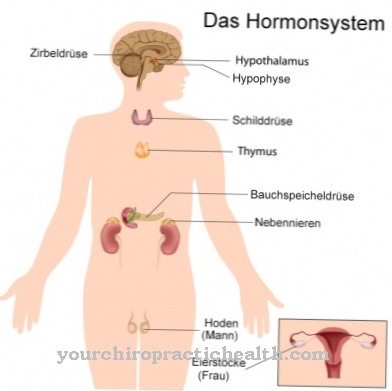
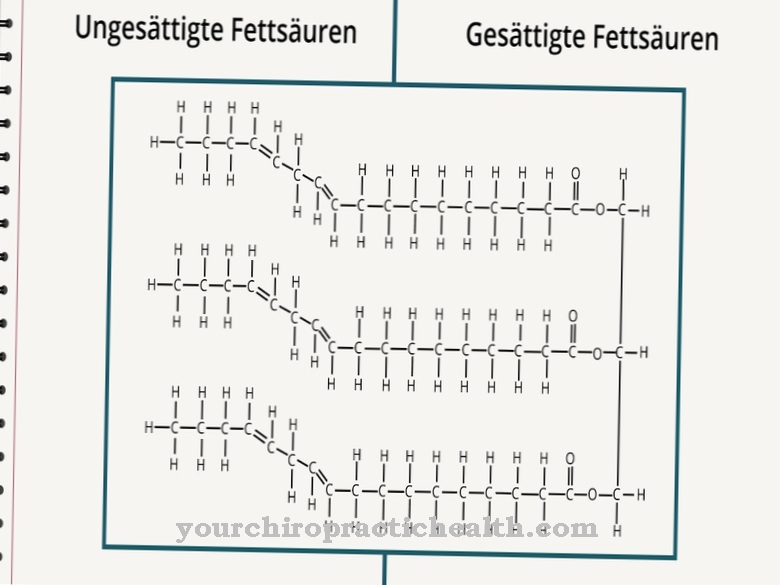
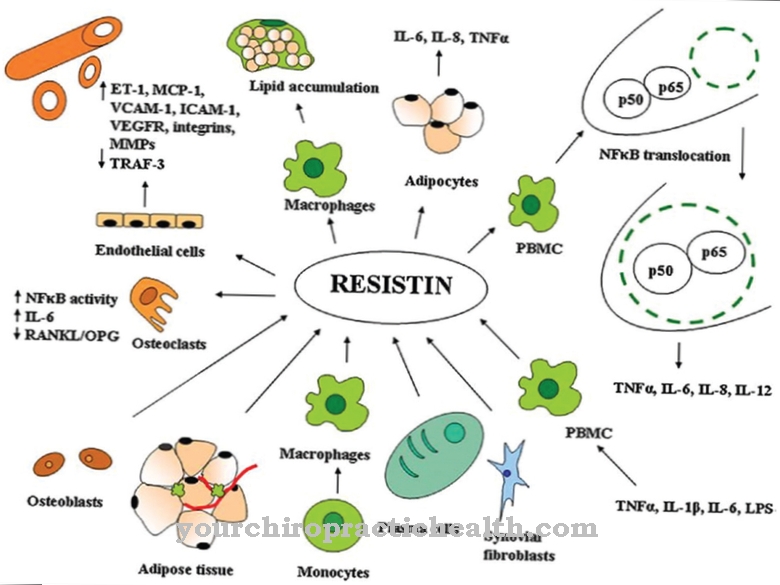
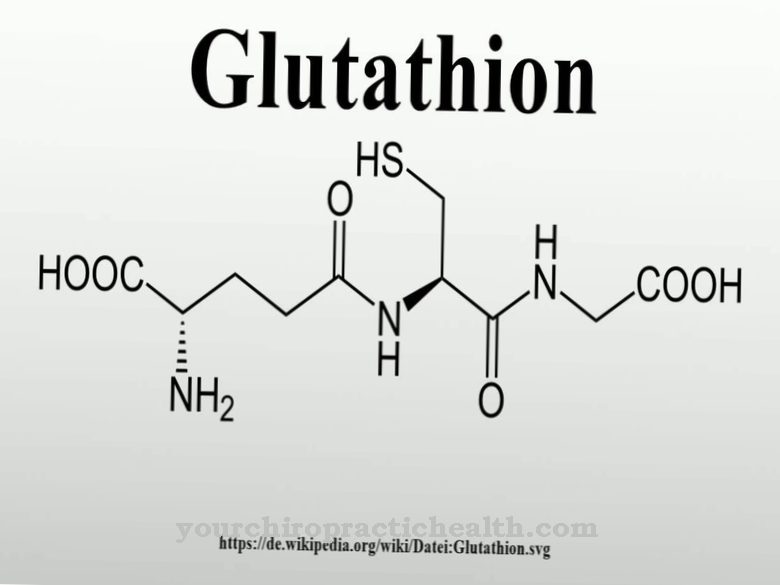
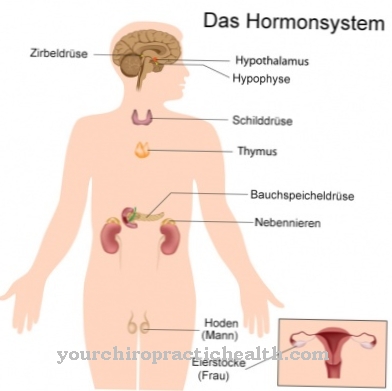
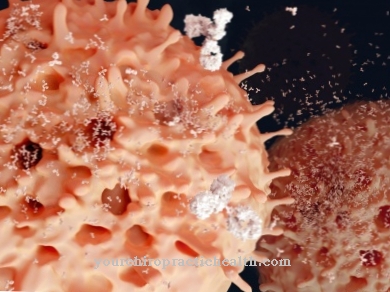

















.jpg)



